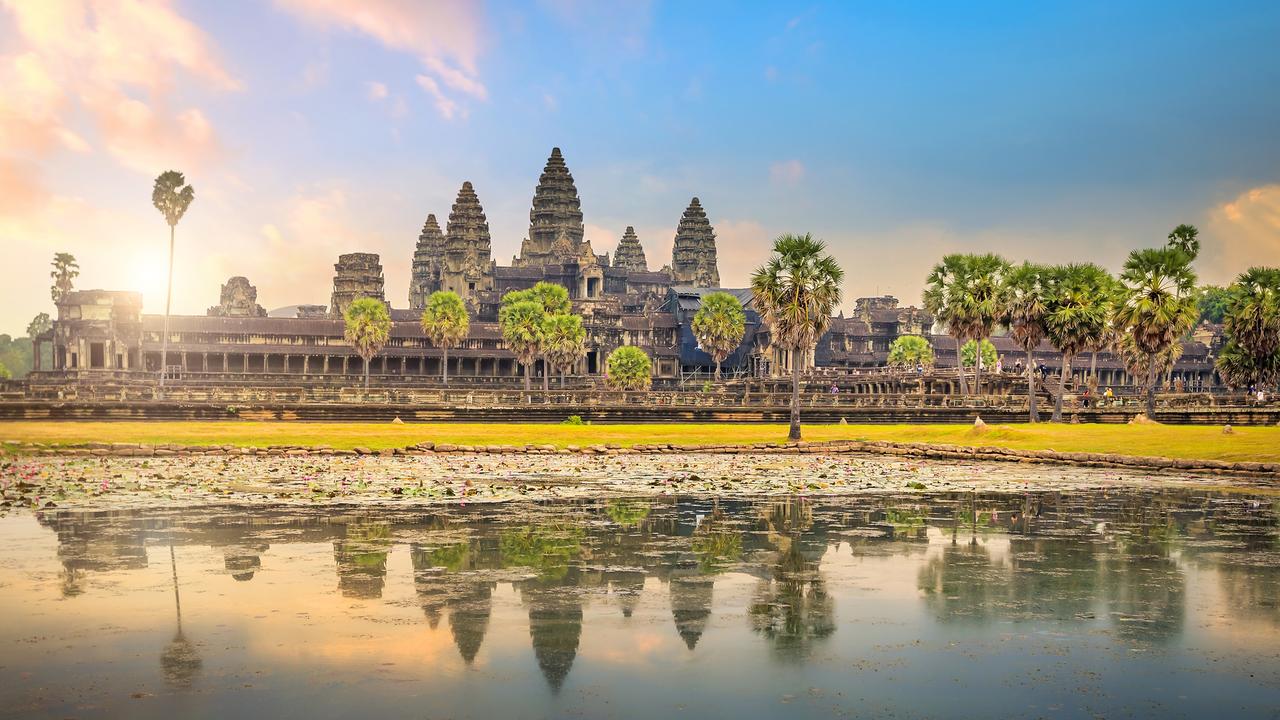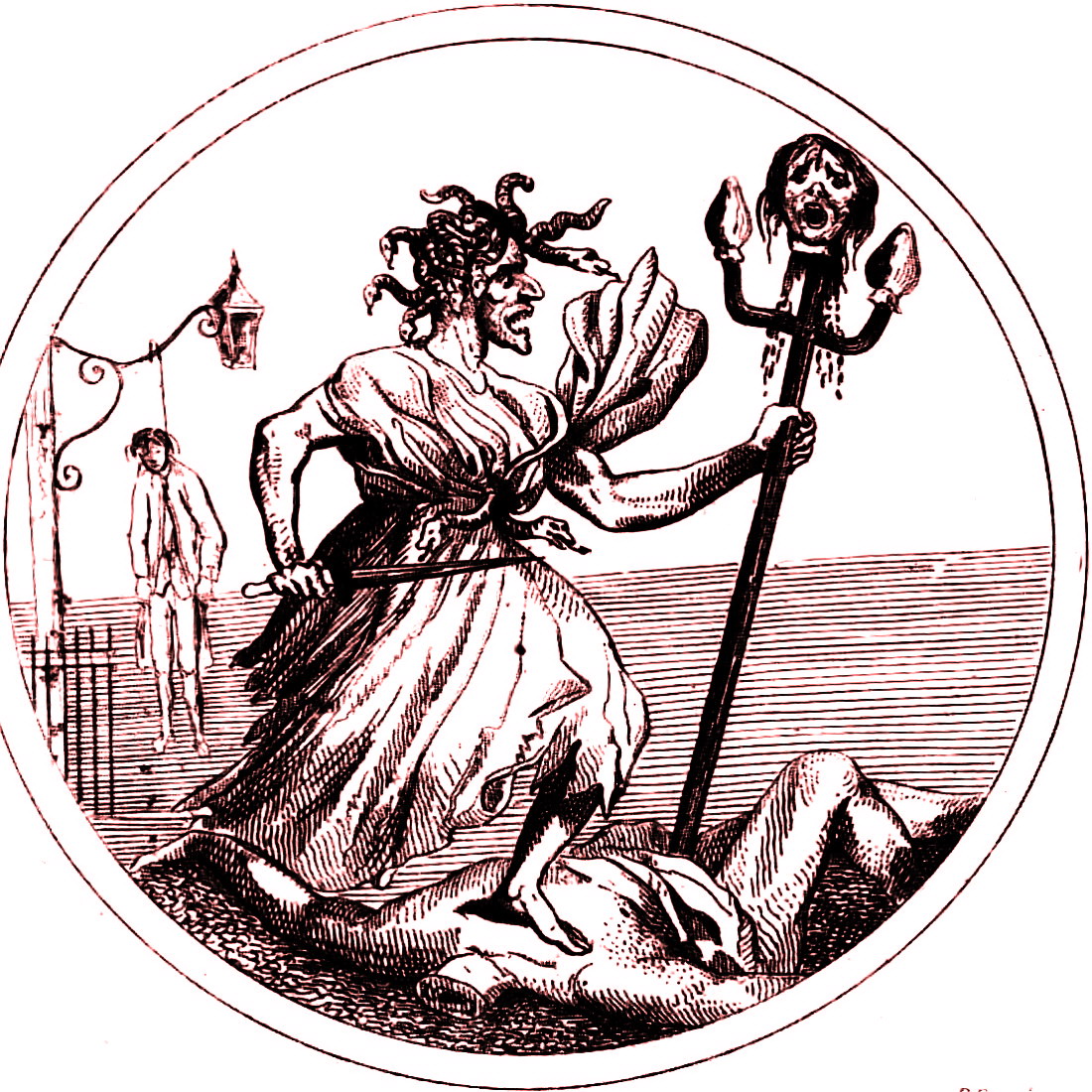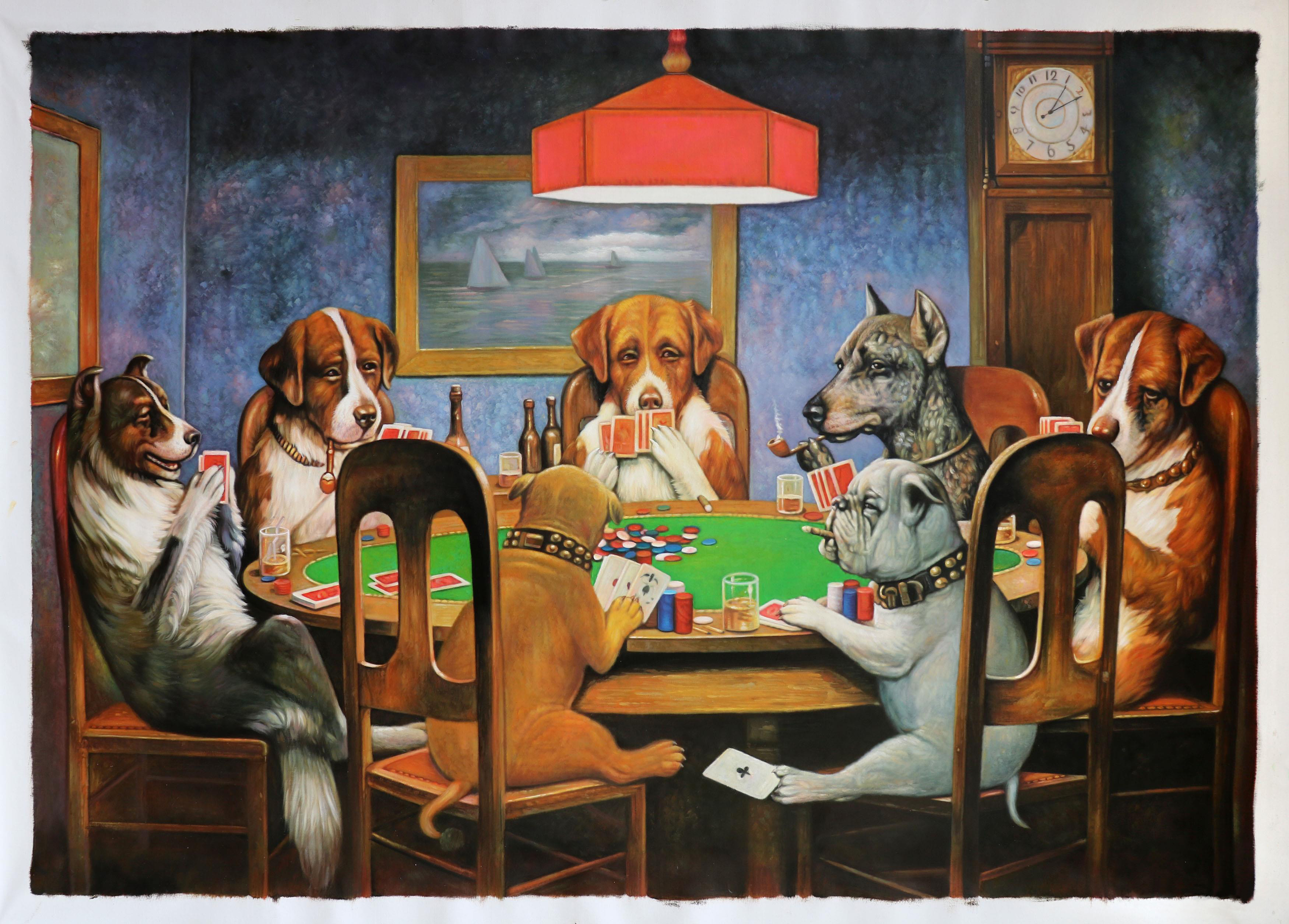|
Richard Mique
Richard Mique () (18 September 1728 – 8 July 1794) was a neoclassical French architect born in Lorraine. He is most remembered for his picturesque hamlet, the '' Hameau de la Reine'' — not particularly characteristic of his working style — for Marie Antoinette in the ''Petit Trianon'' gardens within the estate of Palace of Versailles. Biography Richard Mique was born at Nancy, the son of Simon Mique, an architect and entrepreneur of Lunéville and grandson of Pierre Mique also an architect. Following their example, he became an architect in the service of duke Stanislas Leszczyński, ex-king of Poland and father of Maria Leszczyńska, the consort of King Louis XV of France. Following the death of Héré de Corny, Mique participated as ''premier architecte'' in Stanislas' grand plans for reordering and embellishing Nancy, his capital as Duke of Lorraine. Stanislas made him a chevalier of the Order of Saint-Michel and maneuvered unsuccessfully to have Mique placed on th ... [...More Info...] [...Related Items...] OR: [Wikipedia] [Google] [Baidu] |
Ange-Jacques Gabriel
Ange-Jacques Gabriel (23 October 1698 – 4 January 1782) was the principal architect of King Louis XV of France. His major works included the Place de la Concorde, the École Militaire, and the Petit Trianon and opera theater at the Palace of Versailles. His style was a careful balance between French Baroque architecture and French neoclassicism. Biography Early life and career Ange-Jacques Gabriel was born on 23 October 1698 to a famous Parisian family of architects, and was connected by marriage with another celebrated architect of the time, François Mansart. His grandfather was an architect, and his father, Jacques Gabriel (1667-1742) received the title of Controller of the Buildings of the King at the age of twenty-one. His father's major projects included the Hotel de Ville of Rennes and the Place Royale (now Place de la Bourse) in Bordeaux. The young Ange-Jacques became a member of the Académie royale d'architecture in 1728, and assisted his father on the Place ... [...More Info...] [...Related Items...] OR: [Wikipedia] [Google] [Baidu] |
Cupola Temple Of Love
In architecture, a cupola () is a relatively small, most often dome-like, tall structure on top of a building. Often used to provide a lookout or to admit light and air, it usually crowns a larger roof or dome. The word derives, via Italian, from lower Latin ''cupula'' (classical Latin ''cupella''), (Latin ''cupa''), indicating a vault resembling an upside-down cup. Background The cupola evolved during the Renaissance from the older oculus. Being weatherproof, the cupola was better suited to the wetter climates of northern Europe. The chhatri, seen in Indian architecture, fits the definition of a cupola when it is used atop a larger structure. Cupolas often serve as a belfry, belvedere, or roof lantern above a main roof. In other cases they may crown a spire, tower, or turret. Barns often have cupolas for ventilation. Cupolas can also appear as small buildings in their own right. The square, dome-like segment of a North American railroad train caboose that contains the seco ... [...More Info...] [...Related Items...] OR: [Wikipedia] [Google] [Baidu] |
Temple Of Love Versailles In Summer
A temple (from the Latin ) is a building reserved for spiritual rituals and activities such as prayer and sacrifice. Religions which erect temples include Christianity (whose temples are typically called churches), Hinduism (whose temples are called Mandir), Buddhism, Sikhism (whose temples are called gurudwara), Jainism (whose temples are sometimes called derasar), Islam (whose temples are called mosques), Judaism (whose temples are called synagogues), Zoroastrianism (whose temples are sometimes called Agiary), the Baha'i Faith (which are often simply referred to as Baha'i House of Worship), Taoism (which are sometimes called Daoguan), Shinto (which are sometimes called Jinja), Confucianism (which are sometimes called the Temple of Confucius), and ancient religions such as the Ancient Egyptian religion and the Ancient Greek religion. The form and function of temples are thus very variable, though they are often considered by believers to be, in some sense, the "house ... [...More Info...] [...Related Items...] OR: [Wikipedia] [Google] [Baidu] |
Reign Of Terror
The Reign of Terror (french: link=no, la Terreur) was a period of the French Revolution when, following the creation of the First French Republic, First Republic, a series of massacres and numerous public Capital punishment, executions took place in response to revolutionary fervour, Anti-clericalism, anticlerical sentiment, and accusations of treason by the Committee of Public Safety. There is disagreement among historians over when exactly "the Terror" began. Some consider it to have begun only in 1793, giving the date as either 5 September, June or March, when the Revolutionary Tribunal came into existence. Others, however, cite the earlier time of the September Massacres in 1792, or even July 1789, when the first killing of the revolution occurred. The term "Terror" being used to describe the period was introduced by the Thermidorian Reaction who took power after the fall of Maximilien Robespierre in July 1794, to discredit Robespierre and justify their actions. Today ther ... [...More Info...] [...Related Items...] OR: [Wikipedia] [Google] [Baidu] |
Robespierre
Maximilien François Marie Isidore de Robespierre (; 6 May 1758 – 28 July 1794) was a French lawyer and statesman who became one of the best-known, influential and controversial figures of the French Revolution. As a member of the Estates-General, the Constituent Assembly, and the Jacobin Club, he campaigned for universal manhood suffrage, the right to vote for people of color, Jews, actors, domestic staff and the abolition of both clerical celibacy and French involvement in the Atlantic slave trade. In 1791, Robespierre was elected as " public accuser" and became an outspoken advocate for male citizens without a political voice, for their unrestricted admission to the National Guard, to public offices, and to the commissioned ranks of the army, for the right to petition and the right to bear arms in self defence. Robespierre played an important part in the agitation which brought about the fall of the French monarchy on 10 August 1792 and the convocation of the ... [...More Info...] [...Related Items...] OR: [Wikipedia] [Google] [Baidu] |
Kitsch
Kitsch ( ; loanword from German) is a term applied to art and design that is perceived as naïve imitation, overly-eccentric, gratuitous, or of banal taste. The avant-garde opposed kitsch as melodramatic and superficial affiliation with the human condition and its natural standards of beauty. In the first half of the 20th century, kitsch referred to products of pop culture that lacked the depth of fine art. However, since the emergence of Pop Art in the 1950s, kitsch is sometimes re-appreciated in knowingly ironic, humorous or earnest fashion. To brand visual art as "kitsch" is often still pejorative, though not exclusively. Art deemed kitsch may be enjoyed in an entirely positive and sincere manner. For example, it carries the ability to be quaint or "quirky" without being offensive on the surface, as in the '' Dogs Playing Poker'' paintings. Kitsch can refer to music, literature, or any work, and relates to camp, as they both incorporate irony and extravaga ... [...More Info...] [...Related Items...] OR: [Wikipedia] [Google] [Baidu] |
Hubert Robert
Hubert Robert (22 May 1733 – 15 April 1808) was a French painter in the school of Romanticism, noted especially for his landscape paintings and capricci, or semi-fictitious picturesque depictions of ruins in Italy and of France.Jean de Cayeux. "Robert, Hubert." Grove Art Online. Oxford Art Online. Oxford University Press. Web. 13 Jan. 2017 Biography Early years Hubert Robert was born in Paris in 1733. His father, Nicolas Robert, was in the service of François-Joseph de Choiseul, marquis de Stainville a leading diplomat from Lorraine. Young Robert finished his studies with the Jesuits at the Collège de Navarre in 1751 and entered the atelier of the sculptor Michel-Ange Slodtz who taught him design and perspective but encouraged him to turn to painting. In 1754 he left for Rome in the train of Étienne-François de Choiseul, son of his father's employer, who had been named French ambassador and would become a Secretary of State for Foreign Affairs to Louis XV in 1758. In Ro ... [...More Info...] [...Related Items...] OR: [Wikipedia] [Google] [Baidu] |
Fiefdom
A fief (; la, feudum) was a central element in medieval contracts based on feudal law. It consisted of a form of property holding or other rights granted by an overlord to a vassal, who held it in fealty or "in fee" in return for a form of feudal allegiance, services and/or payments. The fees were often lands, land revenue or revenue-producing real property like a watermill, held in feudal land tenure: these are typically known as fiefs or fiefdoms. However, not only land but anything of value could be held in fee, including governmental office, rights of exploitation such as hunting, fishing or felling trees, monopolies in trade, money rents and tax farms. There never did exist one feudal system, nor did there exist one type of fief. Over the ages, depending on the region, there was a broad variety of customs using the same basic legal principles in many variations. Terminology In ancient Rome, a "benefice" (from the Latin noun , meaning "benefit") was a gift of land ... [...More Info...] [...Related Items...] OR: [Wikipedia] [Google] [Baidu] |
French Revolution
The French Revolution ( ) was a period of radical political and societal change in France that began with the Estates General of 1789 and ended with the formation of the French Consulate in November 1799. Many of its ideas are considered fundamental principles of liberal democracy, while phrases like '' liberté, égalité, fraternité'' reappeared in other revolts, such as the 1917 Russian Revolution, and inspired campaigns for the abolition of slavery and universal suffrage. The values and institutions it created dominate French politics to this day. Its causes are generally agreed to be a combination of social, political and economic factors, which the ''Ancien Régime'' proved unable to manage. In May 1789, widespread social distress led to the convocation of the Estates General, which was converted into a National Assembly in June. Continuing unrest culminated in the Storming of the Bastille on 14 July, which led to a series of radical measures by the Assemb ... [...More Info...] [...Related Items...] OR: [Wikipedia] [Google] [Baidu] |
Louis XVI Of France
Louis XVI (''Louis-Auguste''; ; 23 August 175421 January 1793) was the last King of France before the fall of the monarchy during the French Revolution. He was referred to as ''Citizen Louis Capet'' during the four months just before he was executed by guillotine. He was the son of Louis, Dauphin of France, son and heir-apparent of King Louis XV, and Maria Josepha of Saxony. When his father died in 1765, he became the new Dauphin. Upon his grandfather's death on 10 May 1774, he became King of France and Navarre, reigning as such until 4 September 1791, when he received the title of King of the French, continuing to reign as such until the monarchy was abolished on 21 September 1792. The first part of his reign was marked by attempts to reform the French government in accordance with Enlightenment ideas. These included efforts to abolish serfdom, remove the ''taille'' (land tax) and the '' corvée'' (labour tax), and increase tolerance toward non-Catholics as well as abo ... [...More Info...] [...Related Items...] OR: [Wikipedia] [Google] [Baidu] |
Marie Adélaïde Of France
Marie may refer to: People Name * Marie (given name) * Marie (Japanese given name) * Marie (murder victim), girl who was killed in Florida after being pushed in front of a moving vehicle in 1973 * Marie (died 1759), an enslaved Cree person in Trois-Rivières, New France * ''Marie'', Biblical reference to Holy Mary, mother of Jesus * Marie Curie, scientist Surname * Jean Gabriel Marie (other) * Peter Marié (1826–1903), American socialite from New York City, philanthropist, and collector of rare books and miniatures * Rose Marie (1923–2017), American actress and singer * Teena Marie (1956–2010), American singer, songwriter, and producer Places * Marie, Alpes-Maritimes, commune of the Alpes-Maritimes department, France * Lake Marie, Umpqua Lighthouse State Park, Winchester Bay, Oregon, U.S. * Marie, Arkansas, U.S. * Marie, West Virginia, U.S. Art, entertainment, and media Music * "Marie" (Cat Mother and the All Night Newsboys song), 1969 * "Marie" (John ... [...More Info...] [...Related Items...] OR: [Wikipedia] [Google] [Baidu] |








